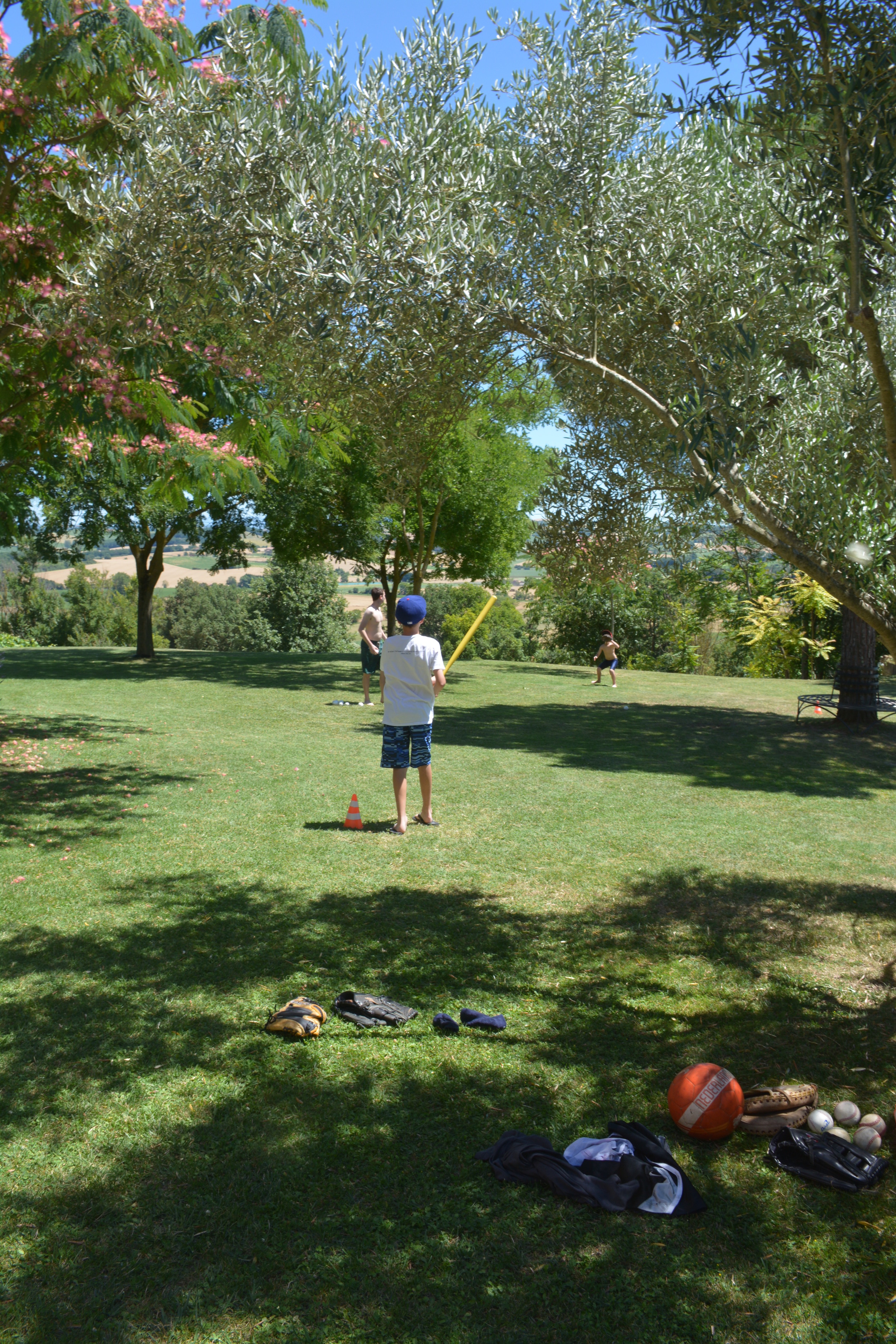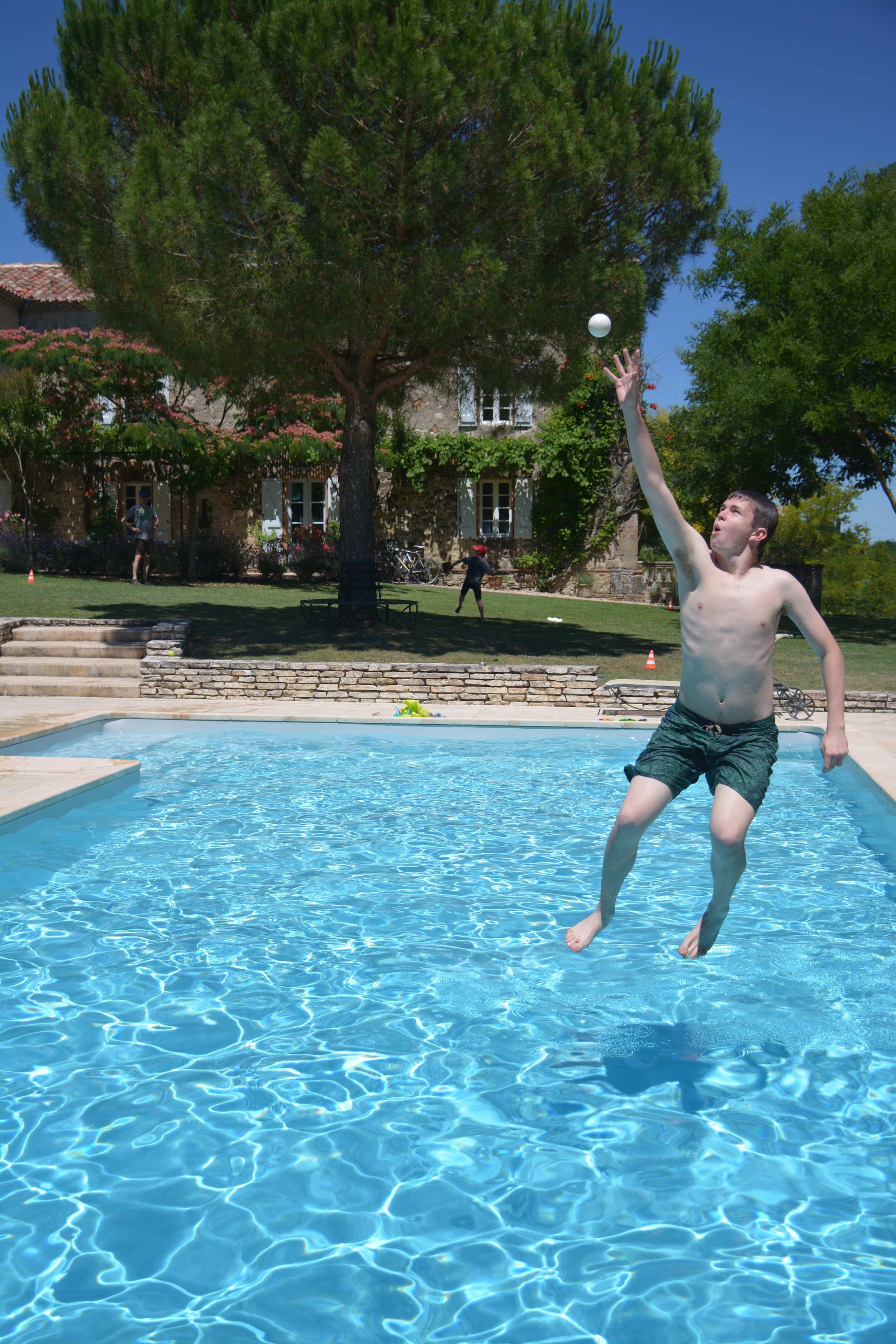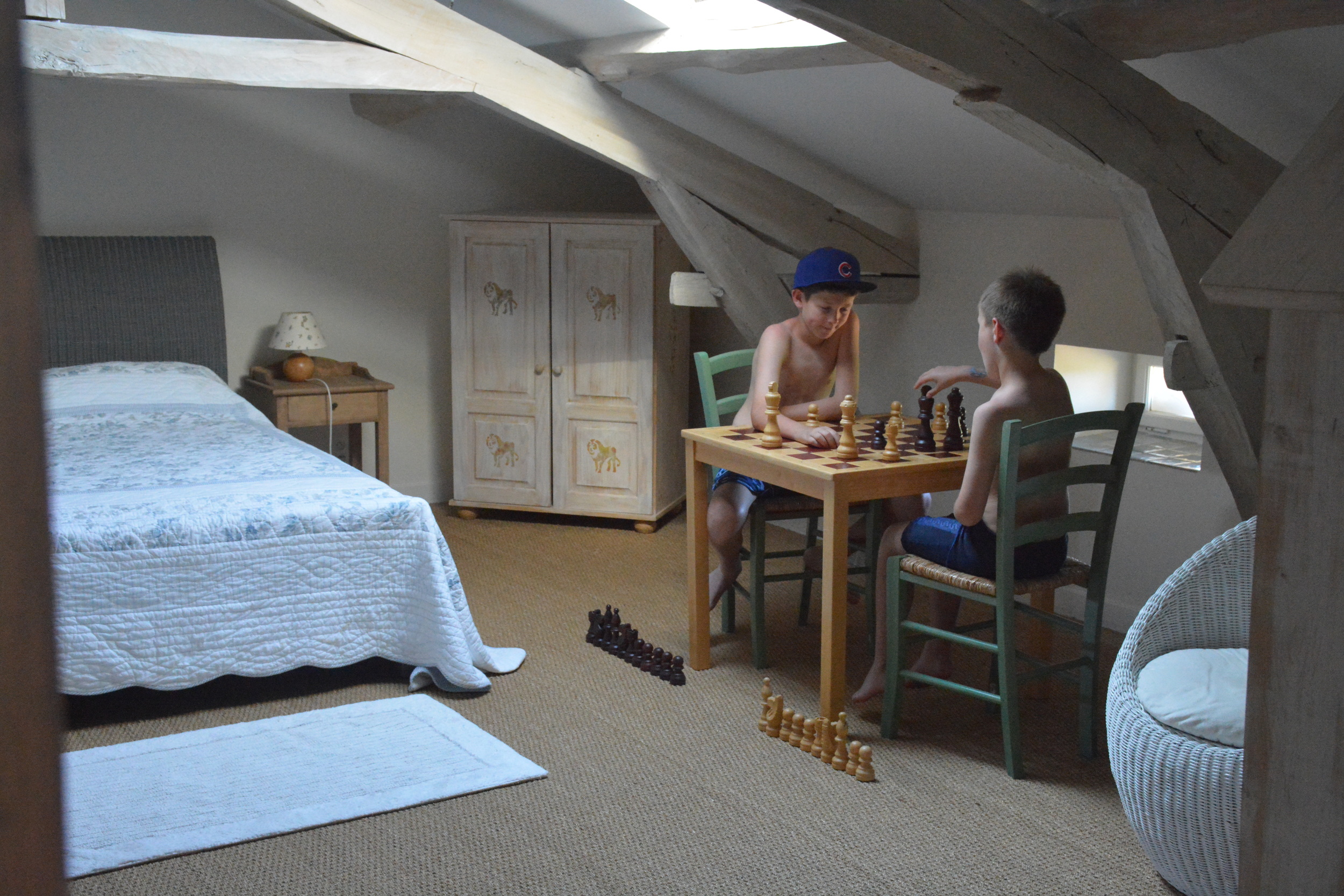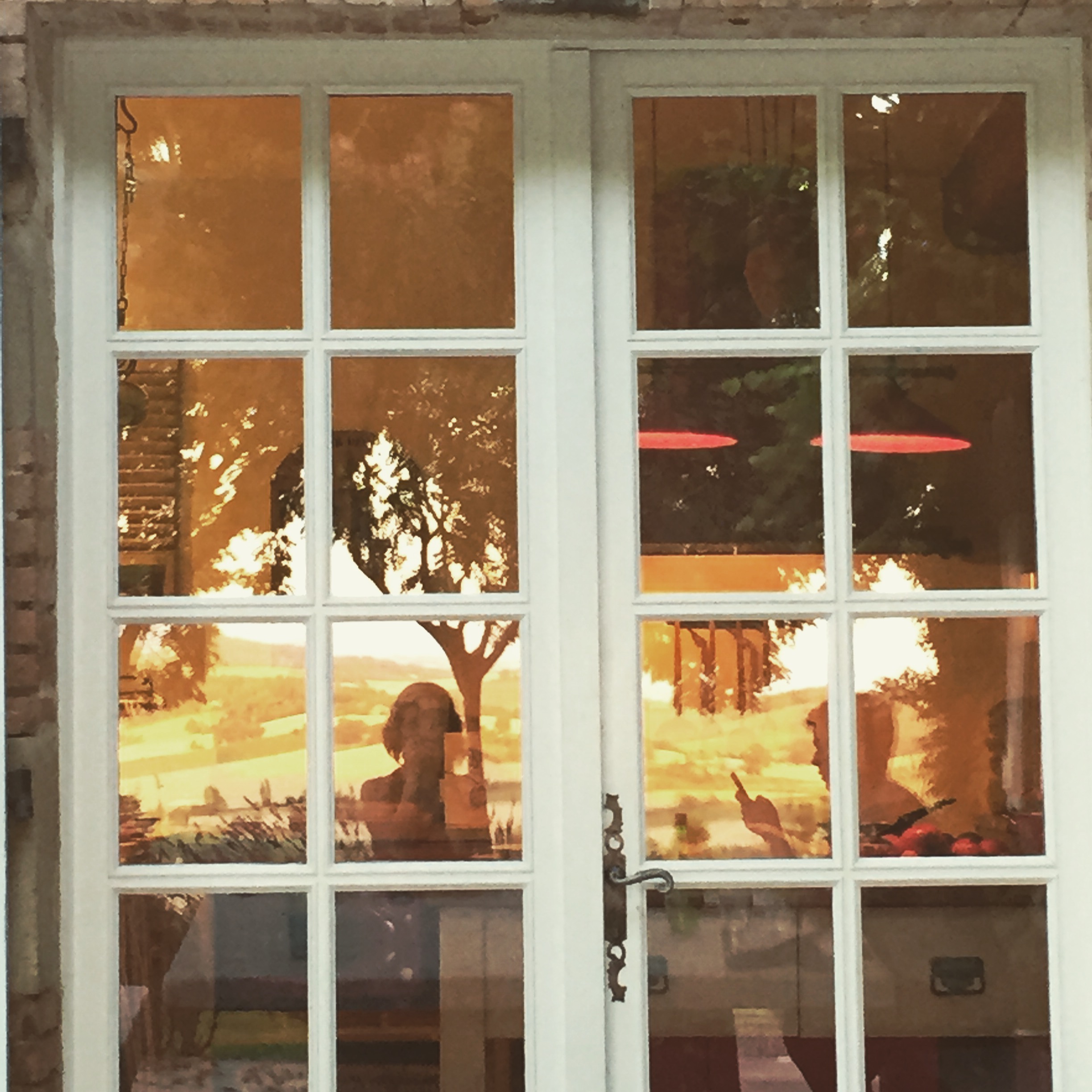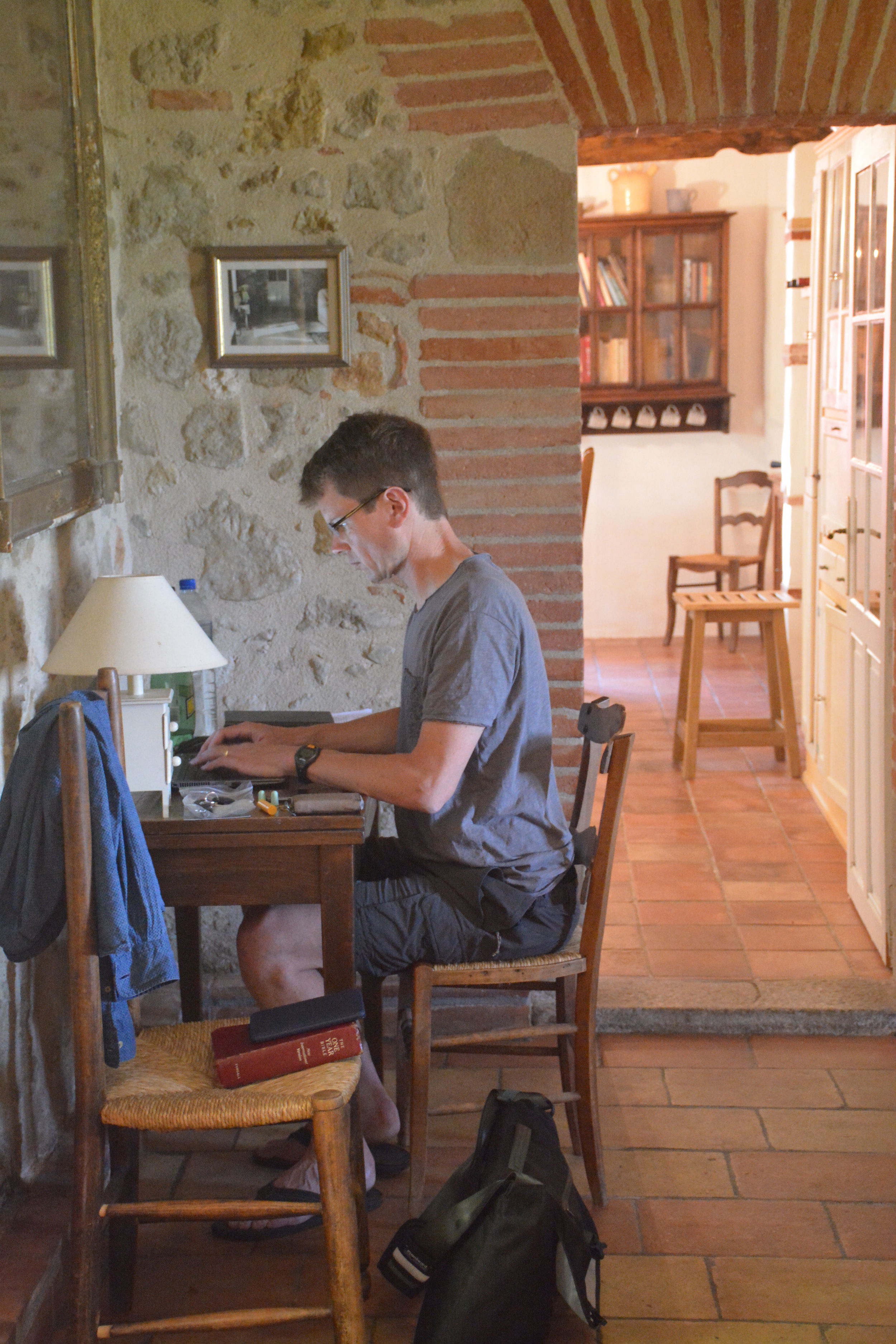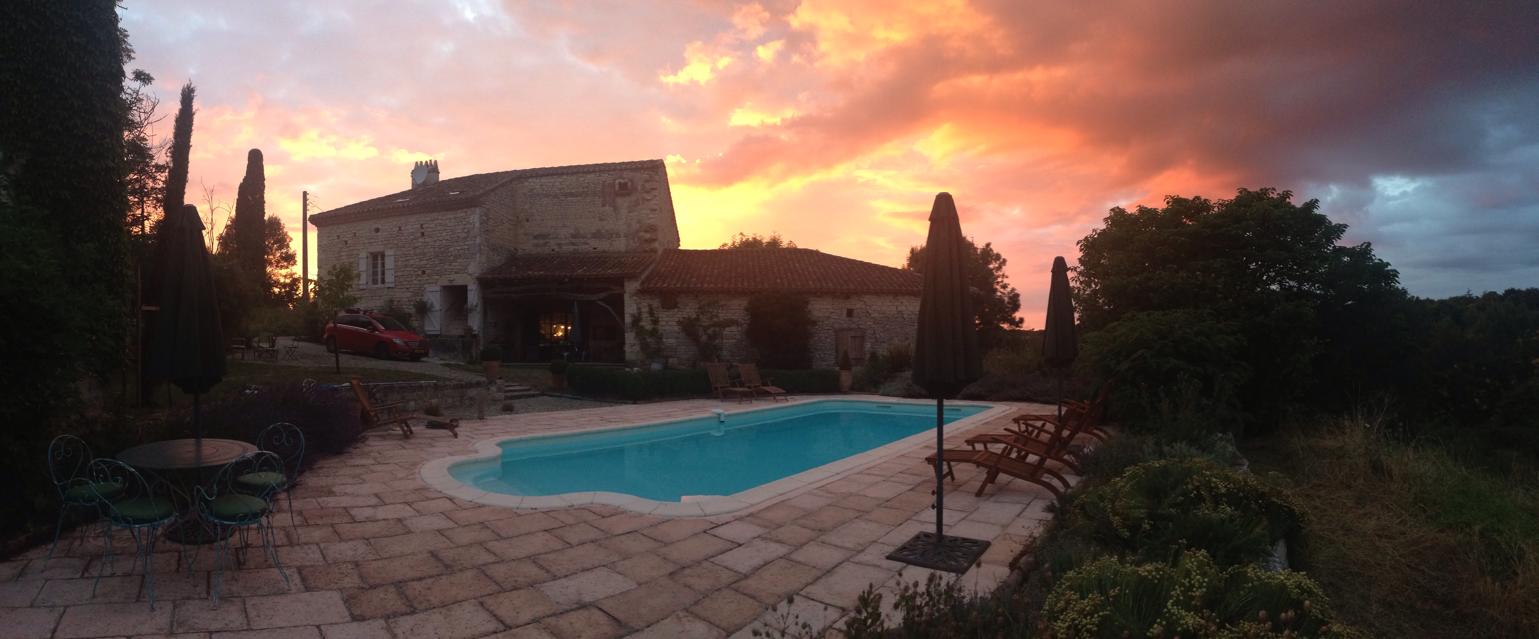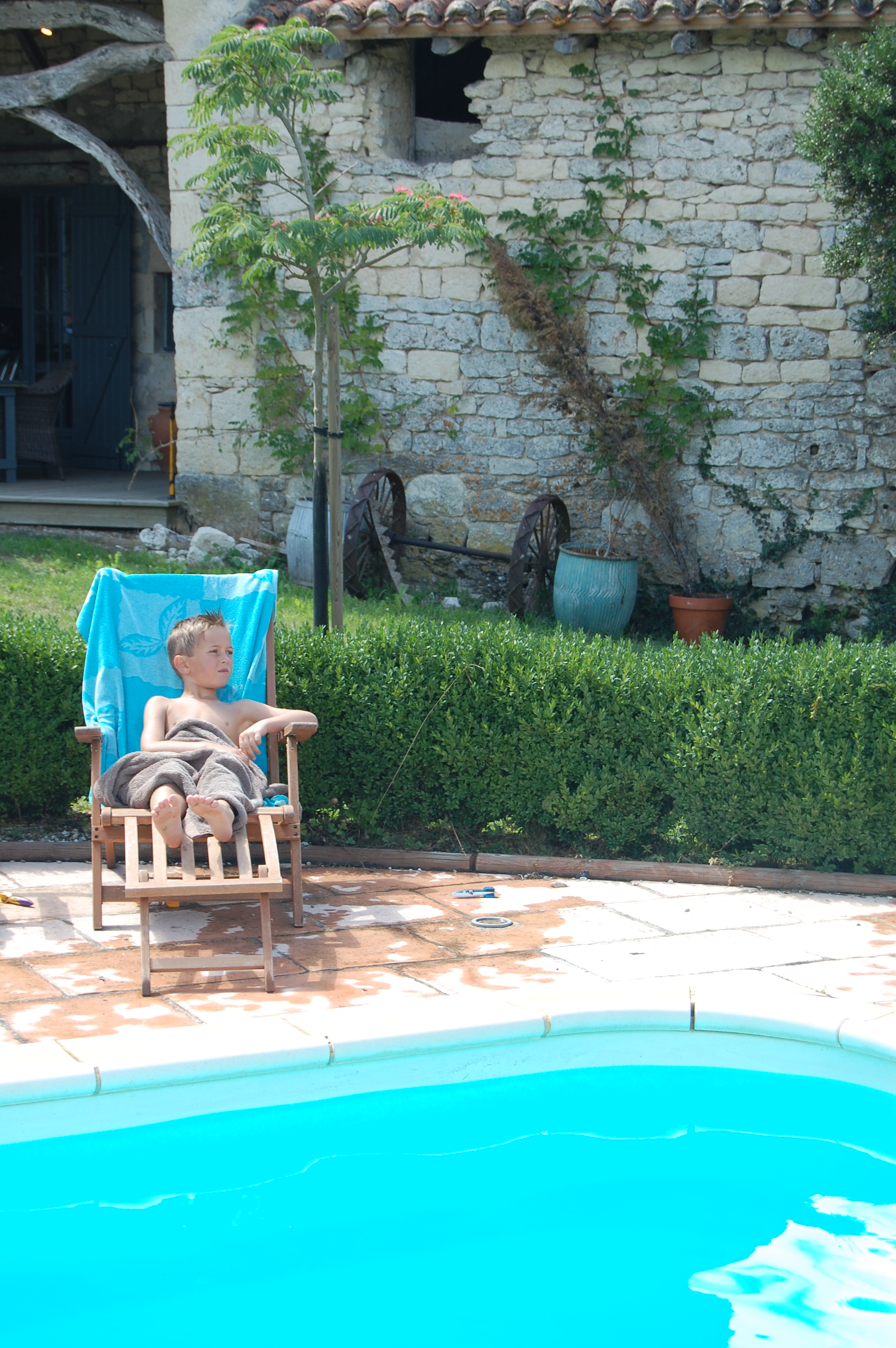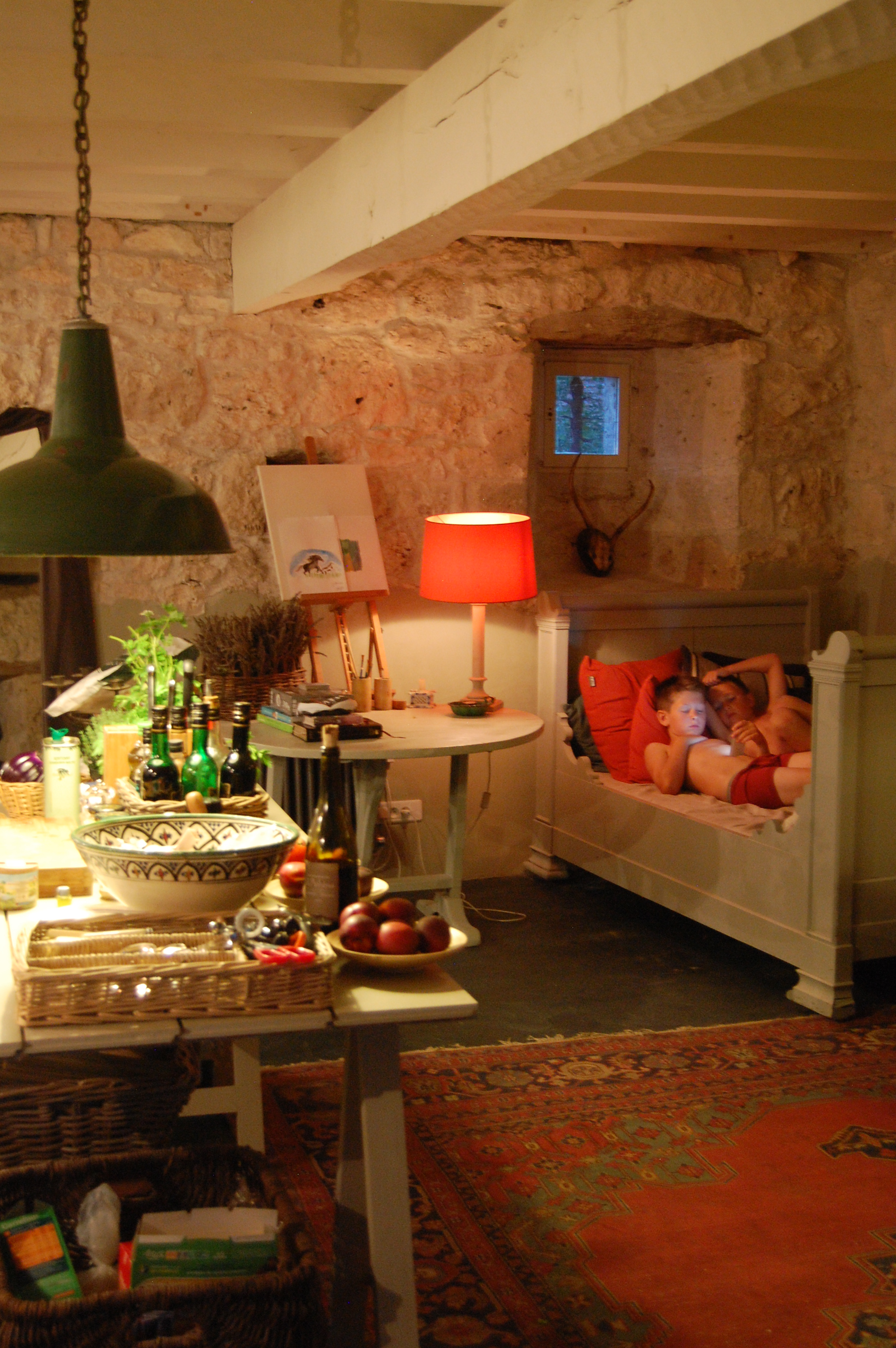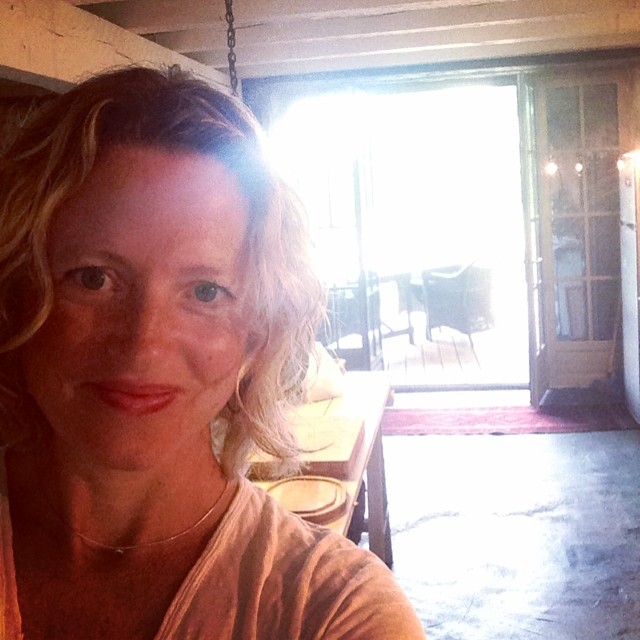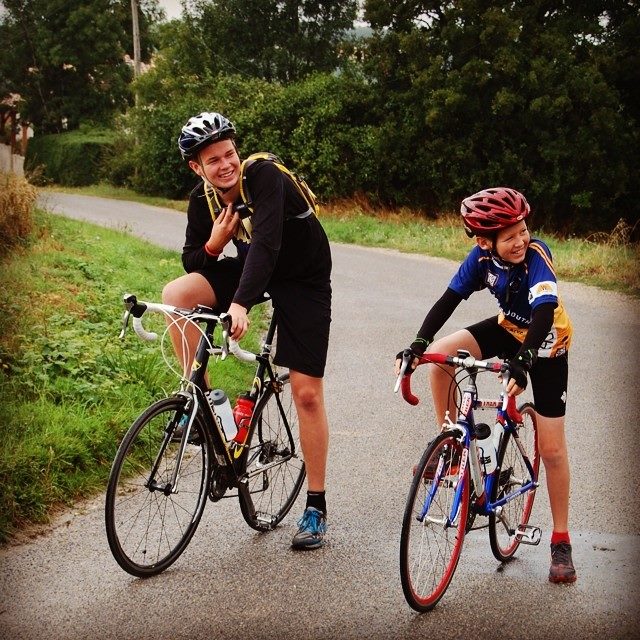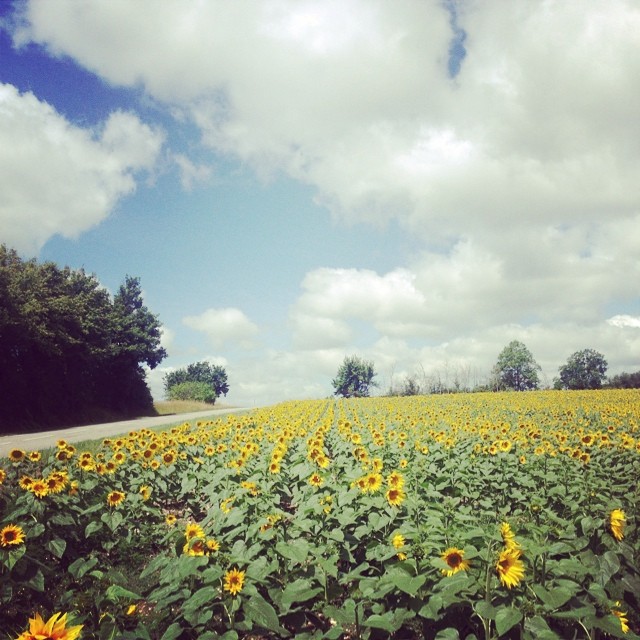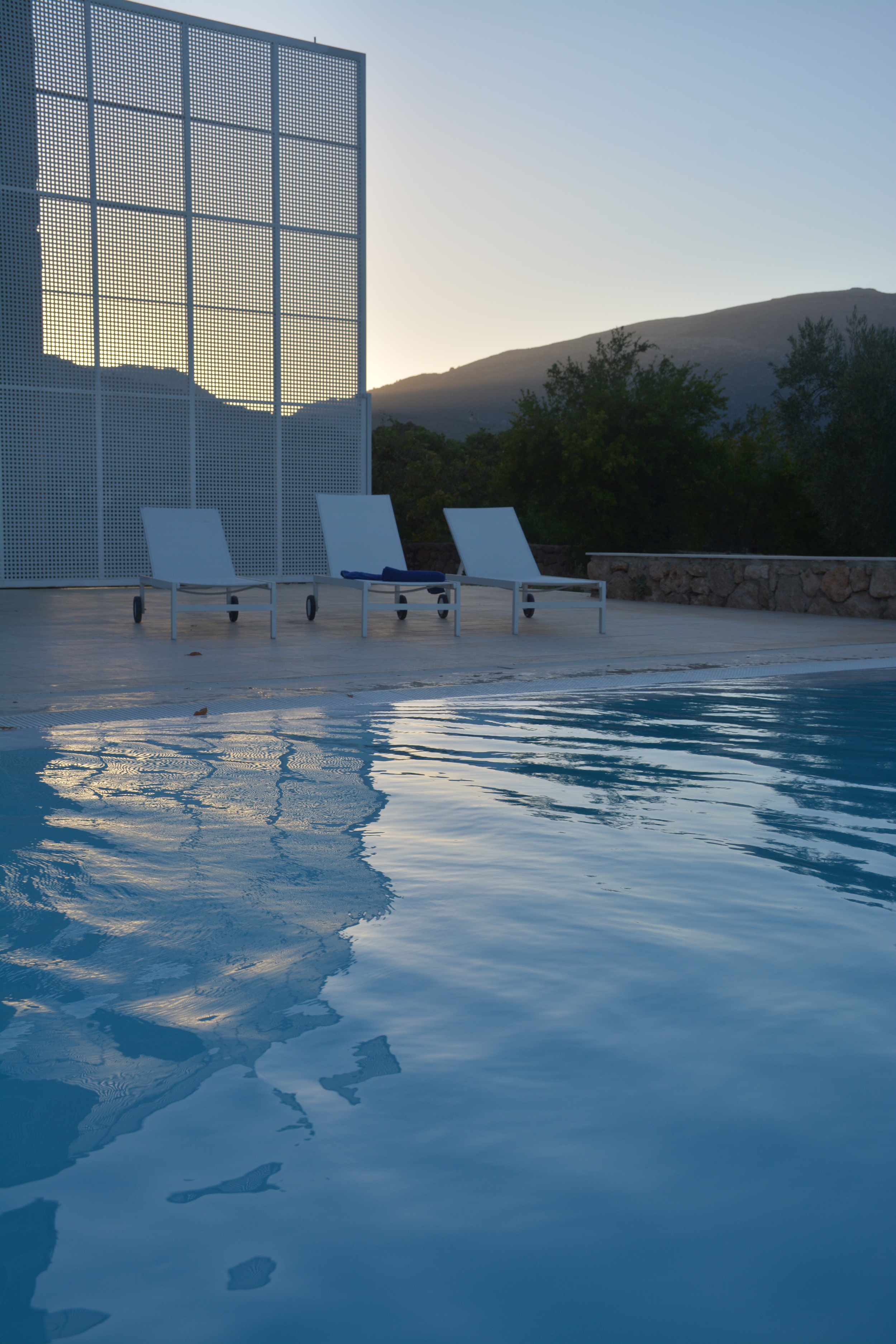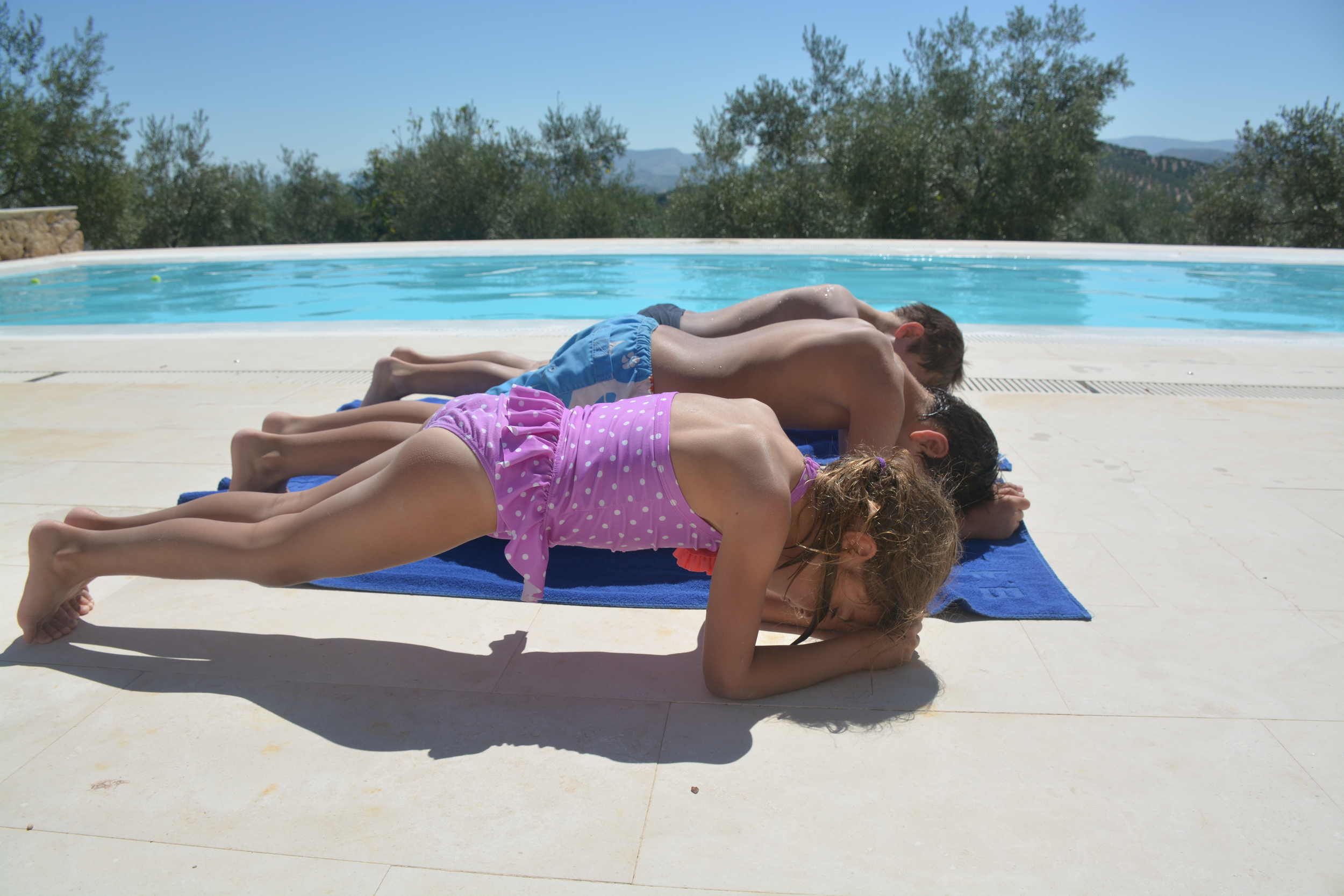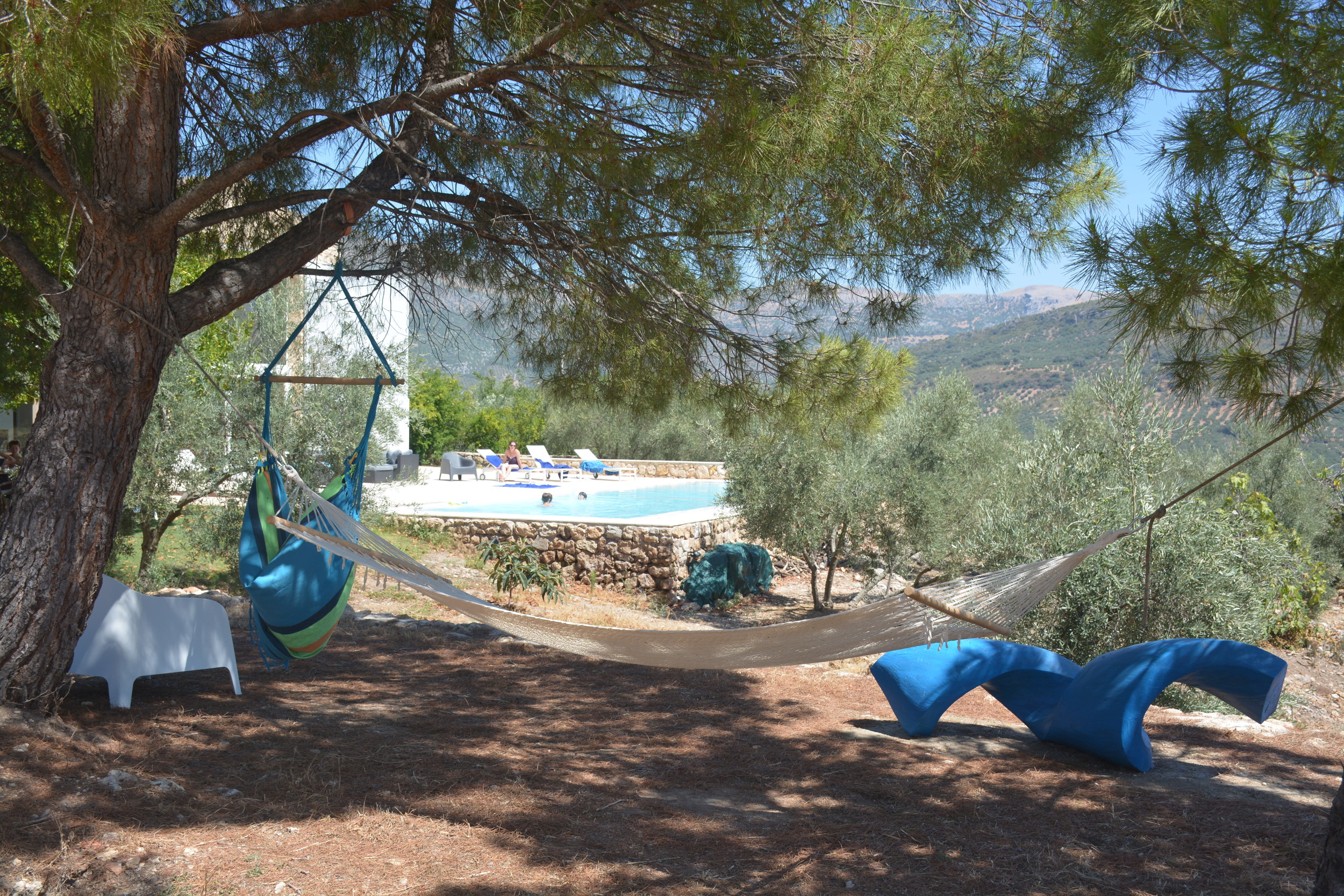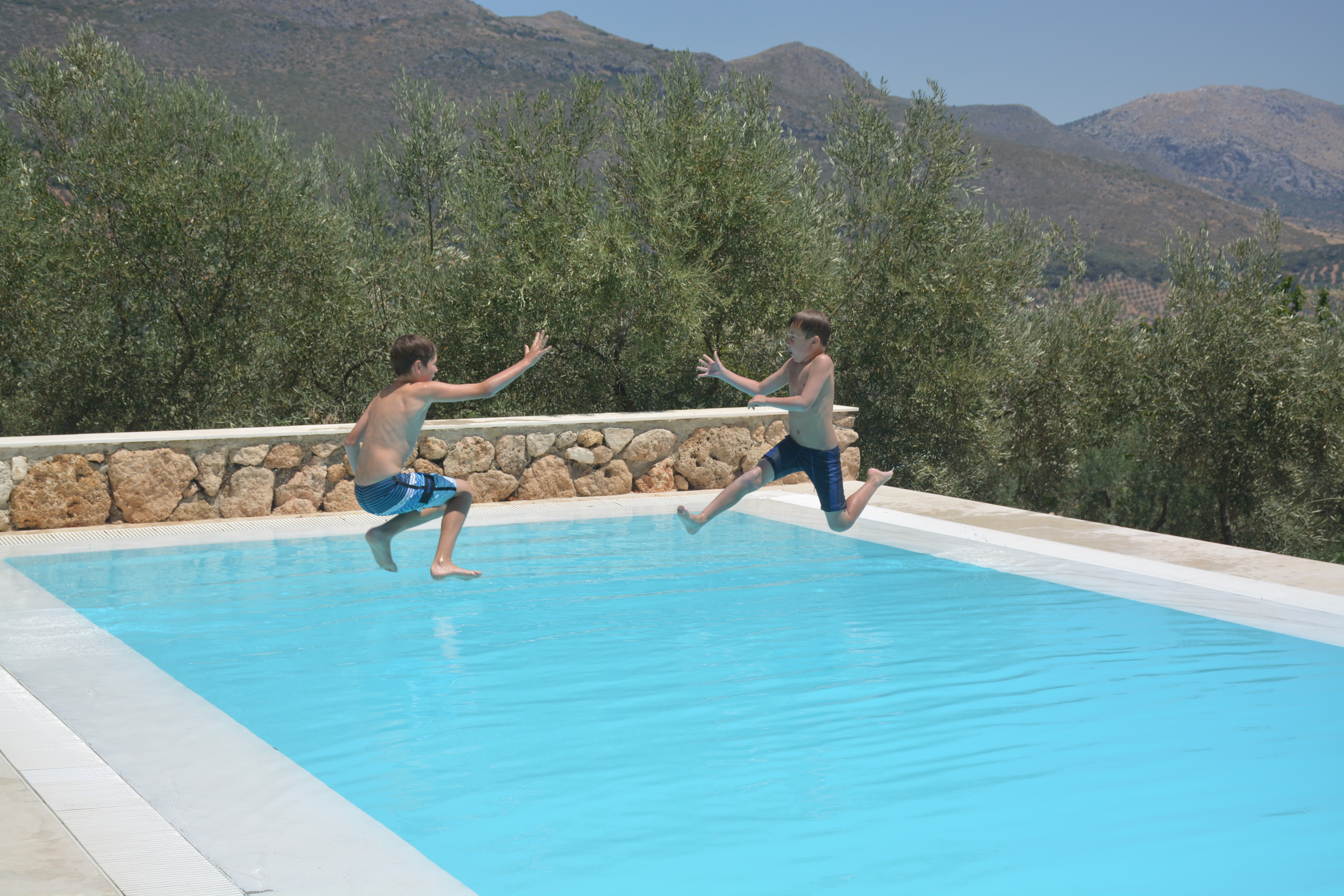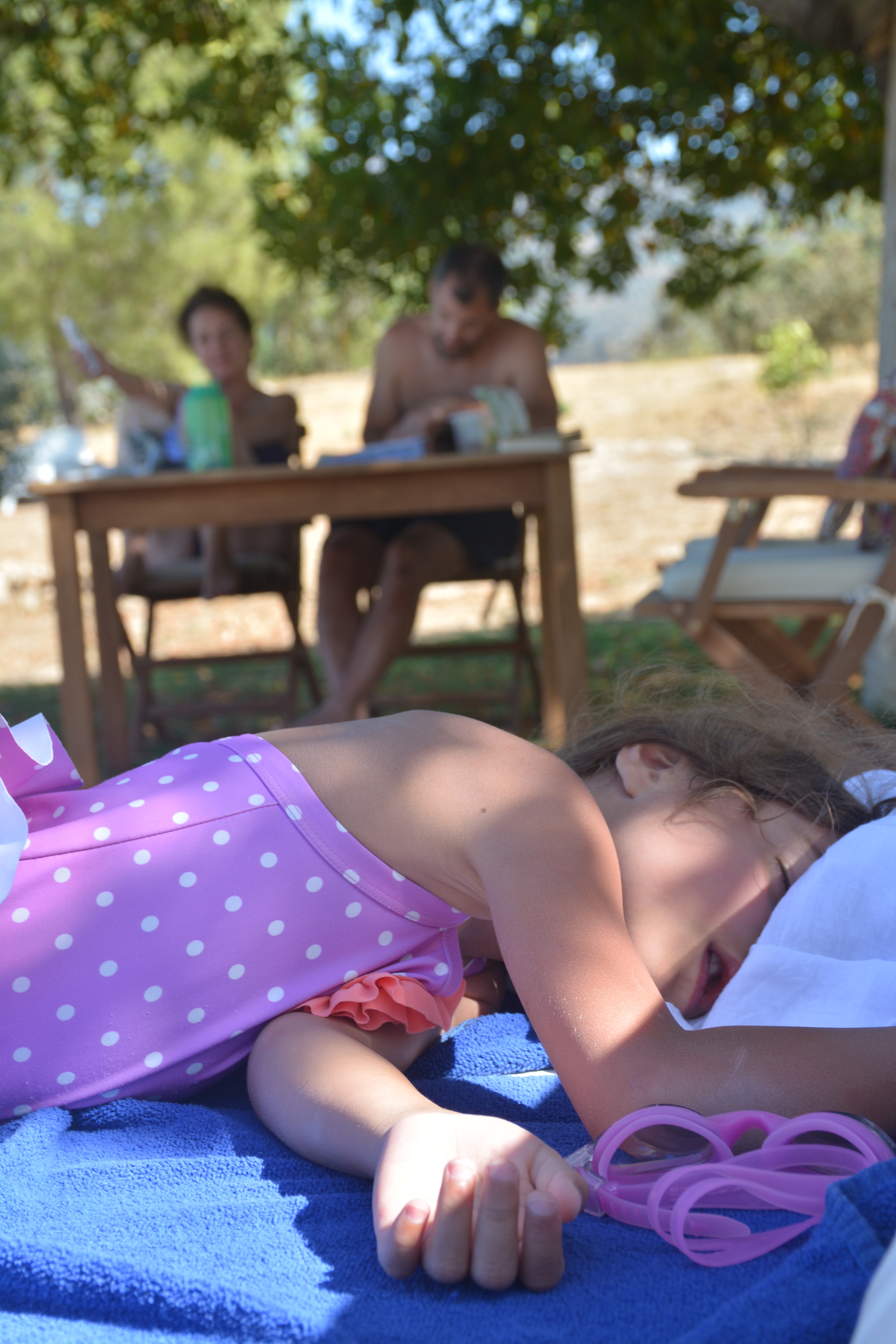Years ago I overheard someone in Seattle talking about their plans to rent a villa in Italy for a week with friends. Thick in the vortex of the child rearing years and booking out friend dinners three miles away two months in advance I remember thinking “who does that?” and “how… could…you…possibly…” Then I gagged on my not-so-jolly rancher.
There’s something about the word “villa” that sounds obnoxious and faux European. Add in Italy and now you’ve created a puddle of Chianti-stained jealousy around you and your friends, all of whom must be the lucky ones with more than 2 weeks of vacation to burn.
Even if you had the money and time, the thought of planning that kind of vacation seemed daunting and completely out of reach. I never asked how the trip went but I did file the idea away for later. I assumed the later would be when I turned 50, when my children fled the nest, or when I sold my screenplay for villa money.
Then of course I moved to Europe three years ago and became that “someone” who talks about renting villas and then posts pictures of them. I’ve become that person who no doubt has given you occasions to gag, wonder and lament. I know this and am sorry for it so please only read on if you’re not in a place of wanting to poke me in the eye.
My intention is to share what I’ve learned about renting a villa in Europe in a way that could be helpful to those thinking about a trip or aspiring to one in the future. Most people think about a pan European trip where they travel from big city to big city but if you want to give yourself space to more fully experience the culture, it’s worth considering carving out a portion of your trip for the countryside.
One important bit of clarification that would have been helpful to me those years ago in Seattle: When people in Europe say “villa” they are really saying “detached house.” You need not have sold a screenplay or a company to be villa eligible. There is a sliding luxury scale from mansion villas with cooks included to modest 2 bedroom villas where linens aren’t always included. The thing they do generally share in common is that they are somewhere in the countryside where the slow life happens and you really get the chance to use your rusty French, Spanish, Italian or speak the language of hand motions.
Here then are a few things to consider if you are thinking about renting a villa in Europe:
1. Most people think about villas in France and Italy and for good reason. They have a robust rental market and the countryside is full of provincial towns and farmers markets (especially in France) during the summers. You have to work harder to find villas to rent in Spain that aren’t on the crowded and much less interesting Costa del Sol. There are lots of websites out there doing villa rentals but the ones I have used are Pure France for France, Tuscany Now for Italy, and Rustic Blue for Spain. Whatever website you use there is value in having a company that acts as the intermediary between you and the owner and a company that has visited all their properties. Most of the villas you will find to rent are second homes.
France, exhibit A. (my favorite of all the rentals we have done is this one)
2. Wherever you choose, you will be driving there. Of course you can rent a car in Rome, Paris, or Madrid but consider taking a cheap intra-country flight to get closer to your villa and rent a car out of smaller airport which would be easier and potentially cheaper.
3. Travel in any month but July or August if you can. Prices are highest when demand is highest in July and August and you can often get rates 20-30% cheaper in May, June, September, October. Many US schools get out in mid-June and so if you are school dependent, my strong advice would be to do your Europe travel and villa rental the last two weeks of June if possible. Most villa rentals also require a Saturday-Saturday stay but may offer some flexibility in the off-season months.
France, exhibit B. ( I loved the summer kitchen in this one.)
4. Travel with a group. Generally speaking, the bigger the villa, the more amenities you get. Many of the villas available to rent are geared towards large parties and we all know how math works. Two families or a group of friends splitting the cost of one villa opens up a lot more options. Honestly it doesn’t take much to get the per night charge cheaper than a hotel rate in a big city.
Spain, exhibit C. (a group trip example of remote but excellent villa with promixmity to Granada and Cordoba.)
5. Book early. You can find available villas anytime but the good ones get plucked up early, especially the smaller and more affordable ones. I try to book mine in November for the following summer.
6. Pick a villa that is further inland or in a region you’ve heard less about. You’ll pay top dollar in Tuscany and Provence. Umbria and Dordogne are lesser known but just as charming regions. The prices go up the closer you are to the water but given that most villas won’t be directly on the beach who cares if you have to drive 45 minutes or 15 minutes if you get a nicer villa further out. If they say "remote" they do mean it so just make sure you are prepared for what that entails in terms of eating and necessities.
7. Pick a villa and then map out what you can see in day trips from there. Almost anywhere you go in France or Italy will have more options for day trips than you could do in a week. In Dordogne you can even get to the Basque region in Spain for a day trip. You can find listings of summer farmers markets online and if in France almost be guaranteed a daily market within a 25 km radius. It’s great to have dinner out in a city but when you are in the French or Italian countryside, it’s better to have lunch out when you are day tripping and then have dinner in. You’ll also save money on food and wine if you eat most of your dinners in. I don’t think that’s just my age talking …
8. Prioritize the outdoor space. It’s easy to get taken with beautiful interiors but if you are renting during the summer months you should put more of a premium on the outdoor space. The pool is an easy one to focus on but I also pay attention to the outdoor eating area, the views, and the proximity of neighbors. If you are choosing to be in the countryside, setting matters a lot.
9. Pick a villa that is private but walkable to a village. They aren’t always easy to find but when you find a villa that has lovely outdoor space with privacy AND is walkable to a village, book it! There’s something about walking into a village for a coffee or baguette that never ever gets old…
10. Study the reviews closely. Most people say generally positive things but you can often tell when a place is “fine” and when it’s “truly special” by the tone of the reviews. “Thanks for a great holiday” is not a review, it’s a warning.
11. Look for newly added villas. This can be a risk because you won’t have reviews but sometimes you can find a gem before the word gets out. That happened with this one where we were the first renters and now it is almost fully booked for this upcoming summer.
12. Look for the cheapest villas on the high end rental sites. Sometimes I will troll on higher end villa sites looking for their smallest properties as you know the quality will be there but the smaller size may not appeal to those looking for a reunion sized villa.


